Can’t find your discipline or profession? Write to us and we’ll
do our best to work something out.
Every project is unique.
We adjust our services to your needs.
The Libera Photon is a photon beam position processor, compatible with various detectors (e.g. diamond detectors, blade XBPMs and ionization chambers). It supports external BIAS source which is then applied to each of the 4 input channels. Position data is available at multiple configurable data rates and bandwidths. A dedicated RJ-45 interface can be used for real-time streaming data. With optional hardware upgrade, the analog and digital outputs enable the user to perform local feedback in the beamline.
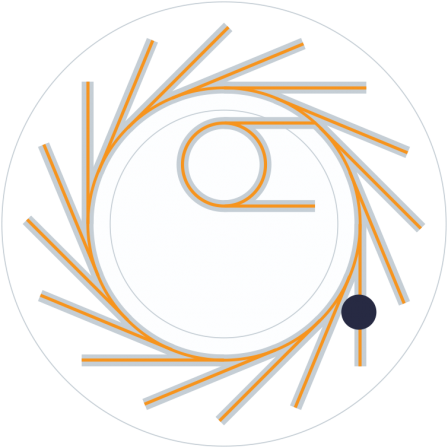
Benefits:
Signal processing:
At the input, there are four current-to-voltage converters with six ranges allowing measurements of currents from several pA to 2 mA. A/D conversion is done with 2.5 MHz 18-bit ADCs. The digital signal processing consists of signal conditioning and position calculation. Signal conditioning includes channel scaling and offset (dark current) removal and averaging over user-configurable window. Position calculation equation is user-configurable and can use various combinations of the input channels. The advantage of the Libera Photon is user-configurable IIR filtering and decimation for the fast and slow data streams. Two IIR filter blocks provide the user the freedom to develop the filter (e.g. in Matlab) and upload the coefficients to Libera Photon directly. The processed data are delivered to the user via four data paths.
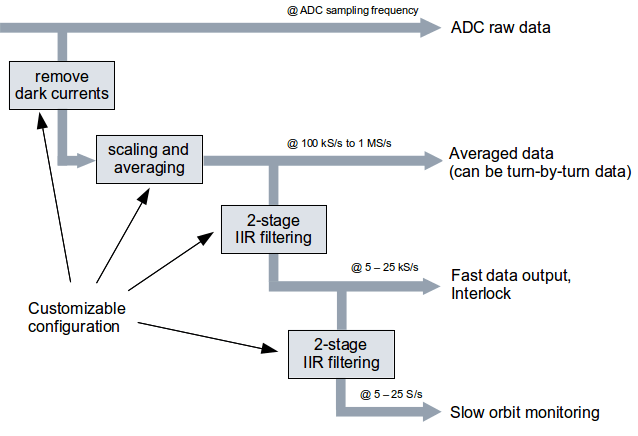
The reference input (revolution clock) can be used to synchronize the data with the accelerator’s timing system.
Libera Photon front and back panel:

Measurement performance:
The instrument can be used for both, fast changing and slow changing signals. The analog bandwidth varies over measurement ranges from 10 kHz (nA currents) up to 90 kHz (uA-mA currents).
RMS uncertainty on position data is evaluated on the fast data streams and on the low data streams (see table below). A typical temperature drift is measured approximately 10 nm/°C.
| General product code | LPHO |
| Input channels | 4 |
| Current ranges | ±60 nA, ±02 A, ±2 A, ±20 μA, ± 200 A, ± 2 mA |
| Input frequency range | Depends on current data range, from 10 kHz to 80 kHz |
| A/D conversion | 2.5 MHz/18 bit |
| Cooling | Passive |
| Power supply | PoE |
| Timing signals | LVTTL (3.3 V), ∼10 kΩ termination |
| Calibration | Manual |
| Fast data link | RJ - 45 |
| Maximum input signal | <2 mA |
| Temperature drift, typical | 0.01 μm/°C |
| 8-hour stability (23°C, 200 μA) | 0.02 μm |
| RMS uncertainty @ 180 μA (10 kHz data rate) | <0.02 μm |
| RMS uncertainty @ 180 μA (10 Hz data rate) | <0.01 μm |
| Dimensions | H: 1 U, W: 9.5" (rack mountable with a kit), D: 210 mm |
| Position calculation | The instrument determines the beam's position based on current obtained from its 4 channels. Signal conditioning involves scaling and offset adjustments (for dark current removal), along with averaging over a window that users can configure. The equation used for position calculation is also customizable, allowing for different combinations of input channels to be utilized |
| Short pulse detection | Used for pulsed currents with signal dynamics within the measurement bandwidth. Pulse repetition up to 2 Hz is supported |
| DC digital monitoring | Typically used for monitoring the currents from blade detectors or other current-type detectors in the beamlines |
| Postmortem data storage | Dedicated memory buffer is intended for storing the data just before a Postmortem trigger event. Complete functionality provides configurable buffer size, write offset and reports important information about the absolute time of the Postmortem trigger event |
| External BIAS support | External BIAS source (max ±150V) can be connected directly to the instrument to apply a high voltage BIAS to all 4 channels |
The instrument runs on a Libera BASE software infrastructure. The infrastructure supports various plugins (interface servers) that are compatible with most common control system interfaces on users’ side:
Graphical user interface for TANGO users is built by the AtkPanel tool automatically. EPICS users have various options: from EDM, caQtDM to CSS.
As an example, the gallery below shows the GUI panels built on the caQtDM technology.
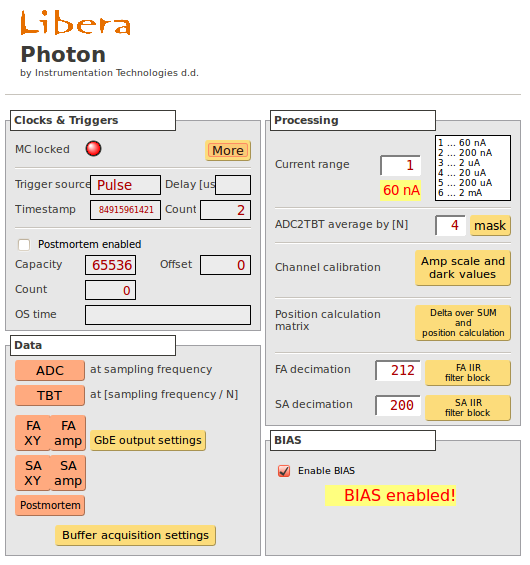
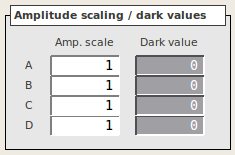
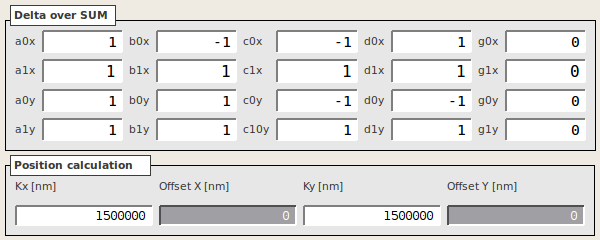
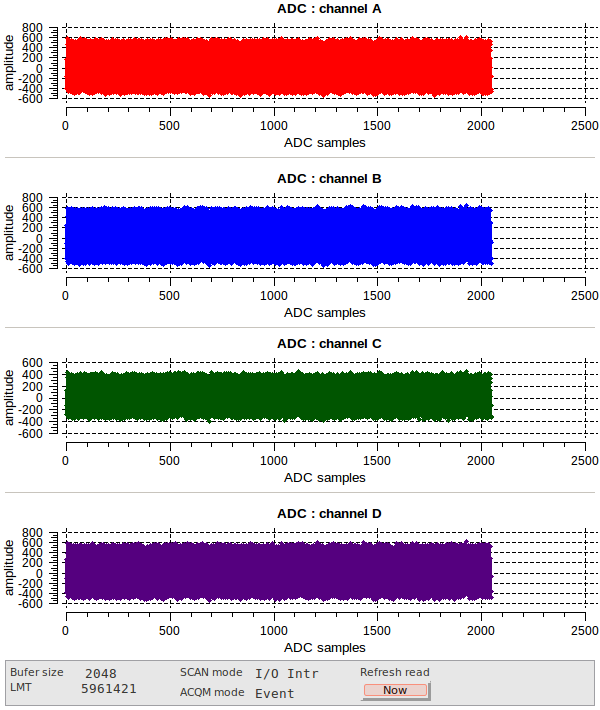
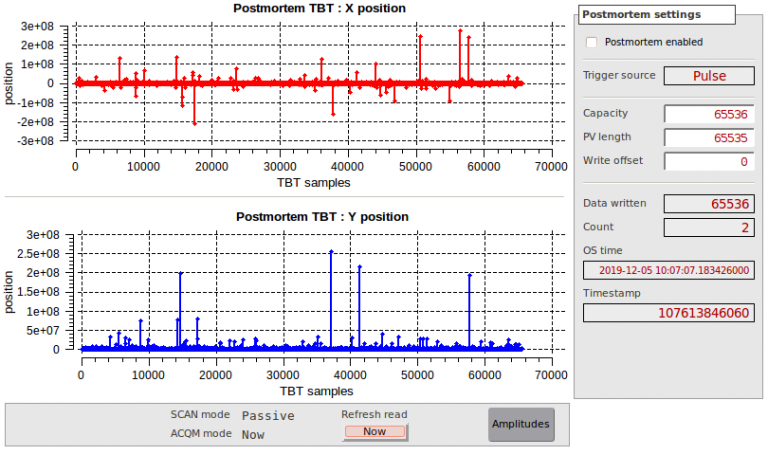
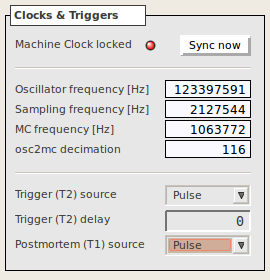
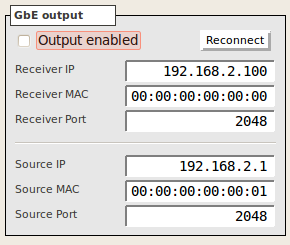
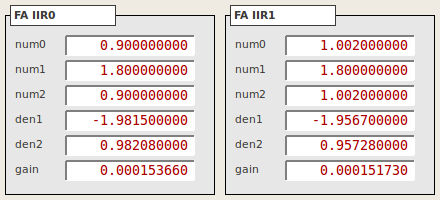
Libera Photon is used at the following labs:
Can’t find your discipline or profession? Write to us and we’ll
do our best to work something out.
We adjust our services to your needs.